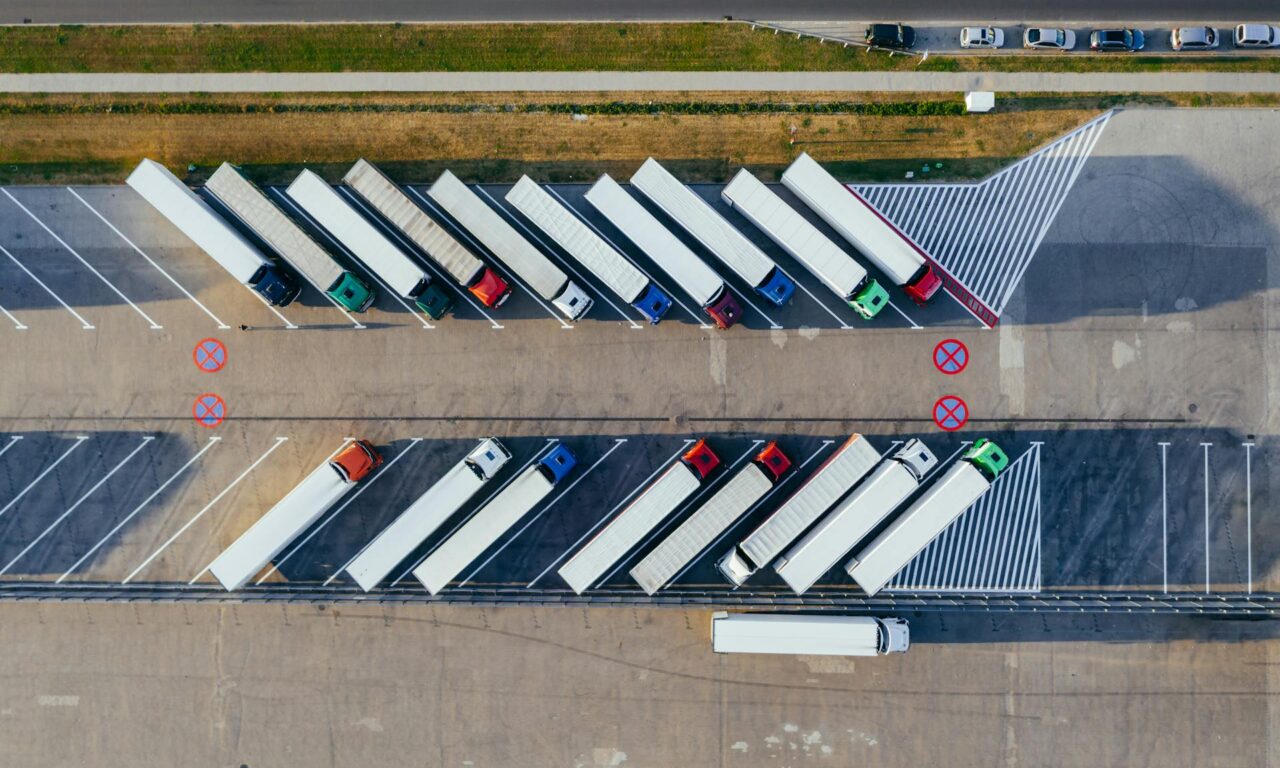If you are thinking about setting up your very first business fleet, so that you can handle your own logistics in-house and hopefully build a more efficient operation as a result, there are a few things you will need to do to ensure you get it right, right from the off. Read on to find out more.
Define Your Mission
Before you do anything else, you are going to want to take the time to think about why you are setting up a fleet for your business, and what you wish to achieve from doing so. Work out what logistics means to you, which routes, delivery windows and cargo types you will be using. After all, the logistics of transporting heavy machinery is going to be quite different from the logistics of delivering fresh food. You need to know what you want to achieve if you can hope to build a successful fleet.
Choose the Right Vehicles
Vehicle selection hinges on payload requirements, fuel efficiency, and maneuverability. Light-duty vans excel at urban deliveries, while Class 8 semis dominate interstate hauls. Electric trucks enter the mainstream for eco-conscious brands. Lease versus purchase decisions rest on upfront capital, tax incentives, and long-term maintenance forecasts. Align vehicle profiles with mission demands to maximize uptime and minimize operating costs.
Secure Proper Licensing and Insurance
Commercial driving demands the right credentials. State and federal regulations require Class A or Class B licenses based on vehicle weight and configuration. Motor carrier authority registration protects against regulatory fines. Insurance policies address liability, collision, and cargo loss. Coverage for potential trucking accident scenarios avoids financial ruin. Comprehensive policies balance risk exposure with premium budgets.
Implement Maintenance Protocols
Preventive maintenance proves the cornerstone of fleet reliability. Scheduled inspections of brakes, tires, fluids, and electrical systems prevent breakdowns on remote highways. Digital maintenance logs support compliance audits and warranty claims. Partnerships with authorized service centers guarantee genuine parts and factory-trained technicians. Consistent upkeep extends vehicle lifespans and safeguards against costly roadside repairs.
Train Your Drivers
Skilled drivers embody your brand on every route. Formal onboarding covers defensive driving, cargo securement, and hours-of-service regulations. Quarterly refresher sessions reinforce safety best practices and fuel-efficient techniques. Telematics data reviews illustrate individual performance metrics, highlighting areas for improvement. Recognized drivers earn incentives, fostering loyalty and reducing turnover.
Technology As Your Wingman
Fleet management software centralizes dispatching, route optimization, and real-time tracking. GPS navigation integrates traffic forecasts to avoid unexpected delays. Electronic logging devices automate compliance with Department of Transportation mandates. Fuel management systems monitor consumption and flag anomalies. Data dashboards reveal trends in driver behavior, vehicle utilization, and maintenance costs. A tech-driven fleet operates with precision and agility.
Safety First
Protecting drivers and cargo sits at the heart of fleet operations. Rigorous pre-trip inspections uncover hazards before departure. Load shifts receive immediate correction to maintain stability. Emergency response plans outline steps for breakdowns, trucking accidents, or adverse weather events. Personal protective equipment remains standard issue, from high-visibility vests to safety boots. A proactive safety culture preserves lives, reputations, and bottom lines.
Scaling Your Fleet
Growth demands scalable frameworks. Standardized processes simplify onboarding new vehicles and drivers. Modular training modules adapt to diverse roles, from local couriers to long-haul specialists. Fleet size adjustments respond to seasonal demand fluctuations without disrupting service levels. Continuous performance reviews inform expansion schedules and capital investments.
With these crucial elements in place, your fleet is sure to accelerate business growth, enhance customer satisfaction, and steer clear of potholes, literal and figurative, on the road to success.
This is a contributed post.
Discover How We Help Startups Scale To 100,000 Users And Beyond.
Enter your info below, and we’ll send you a complimentary white paper that shows you exactly what you need to do to scale your startup.


